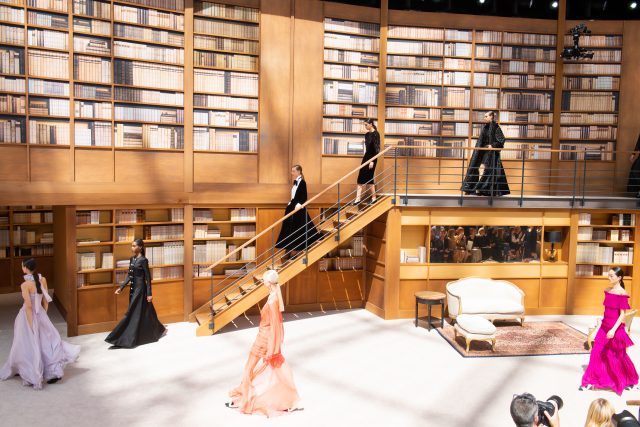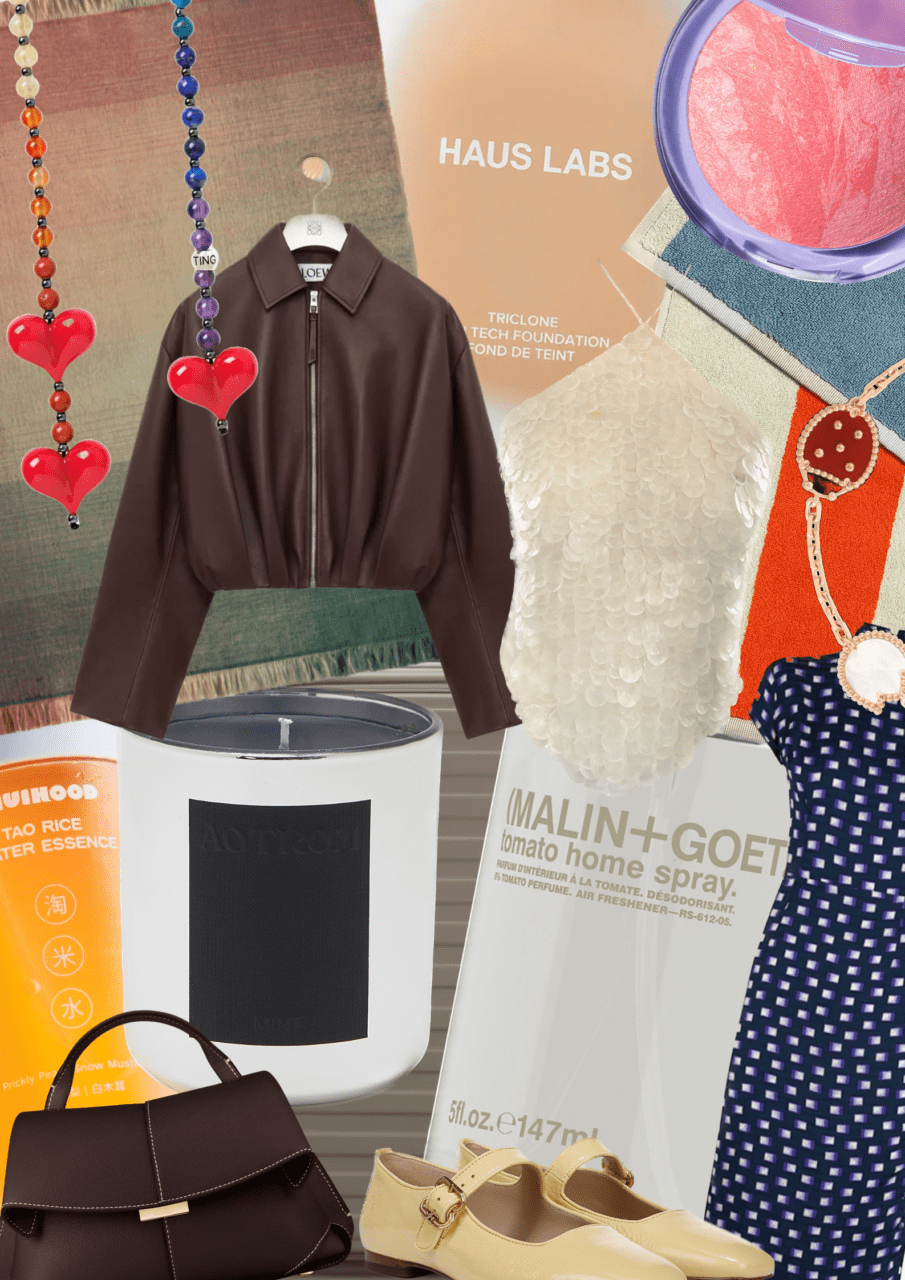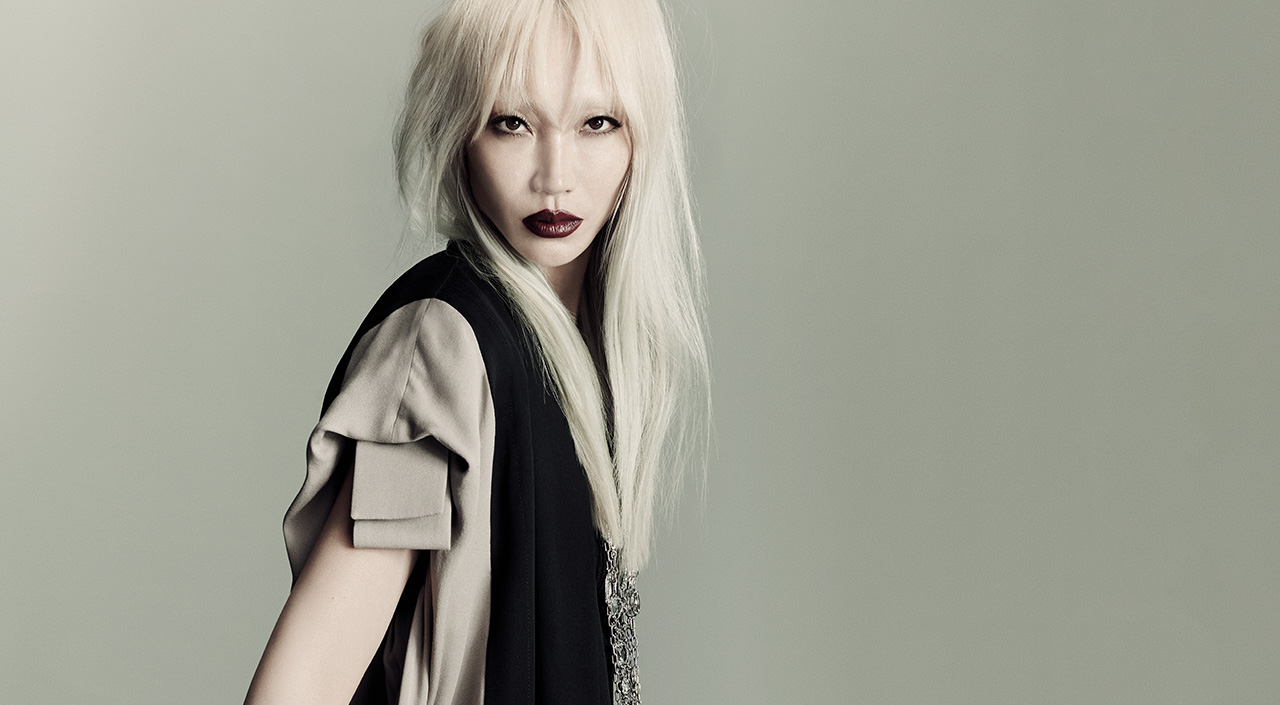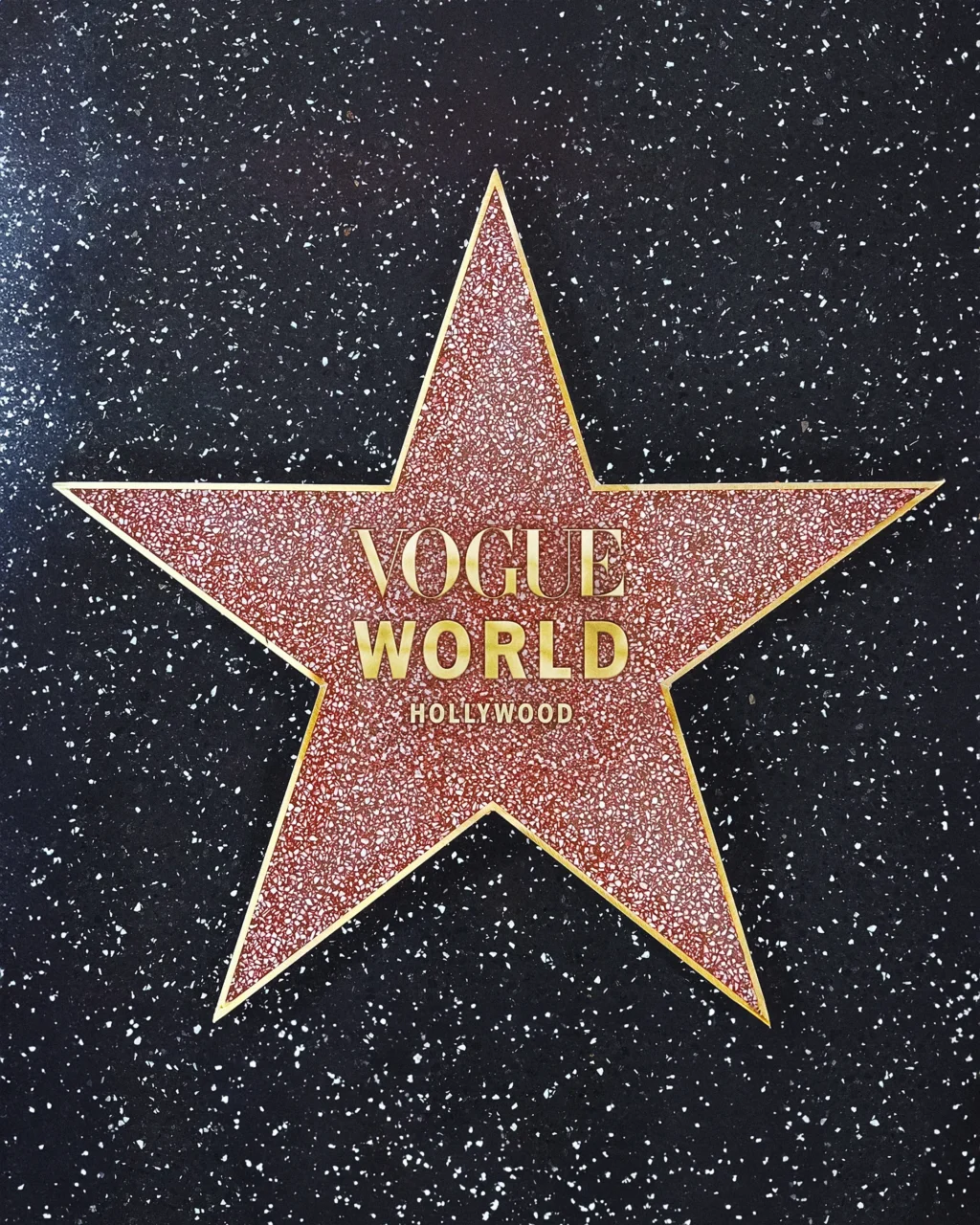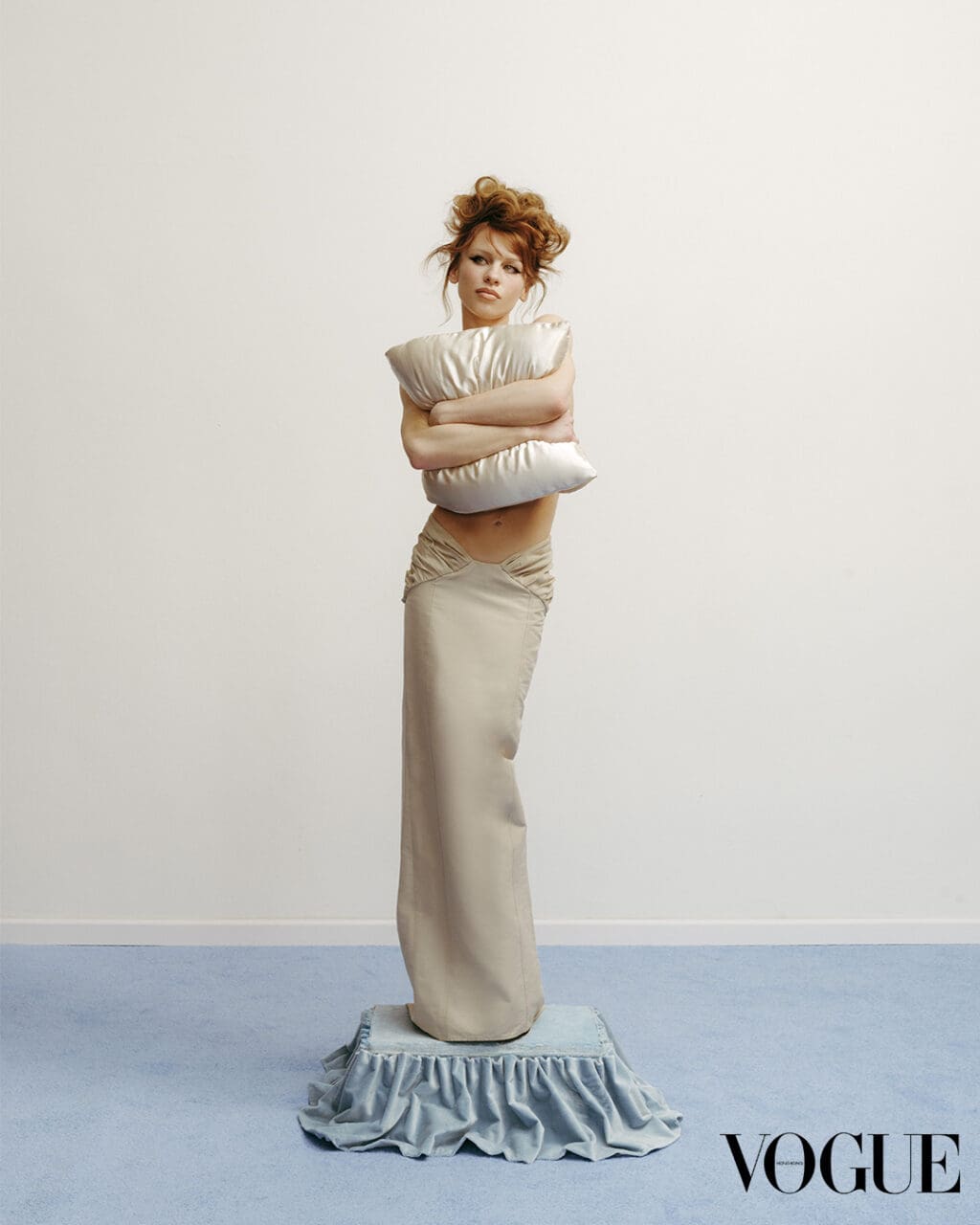The news that Virginie Viard was leaving her artistic director post stopped fashion in its tracks yesterday. After all, Chanel sales went from $11.1 billion in 2018 just before Viard was appointed to $19.7 billion in 2023. In that time frame, the fashion business was multiplied 2.2 and in 2023, the ready-to-wear business grew by 23%, CFO Philippe Blondiaux told Vogue Business in an interview in May.
Over her five-year tenure as artistic director, Viard didn’t just grow the business. She was credited with bringing a new diversity to Chanel’s runways, and a youthful breeziness to her designs. Vogue’s Hamish Bowles, reviewing her first solo collection for the house said it had “something of the insouciance that Chanel herself believed in.” But that seemed to come at the expense of the pomp and circumstance of collections by Karl Lagerfeld, whose boundless creativity brought a sense of import to all that he touched.
The announcement of Viard’s departure has spiralled off copious discussions about who will land the coveted position—and who should. Sarah Burton, Pierpaolo Piccioli, Riccardo Tisci, and Marc Jacobs, all of whom have held high profile creative director jobs in the past but aren’t currently installed at a heritage brand, have been mentioned. Nicolas Ghesquière and Phoebe Philo must be in the running, but the former just signed a five year contract at Louis Vuitton and the latter recently embarked on her own brand launch. Perhaps it will go to someone significantly younger than the 62-year-old Viard, like Jonathan Anderson, say, who is not yet 40; remember that in its long history only three people have held the top designer role at Chanel.
Thanks to the boundless creativity of his Maison Margiela Artisanal collection in January, John Galliano has also come to the fore. The show’s beauty and theatricality were so potent and seductive that a Vogue editor fresh from the Paris couture shows found himself in a New York City yellow taxi being peppered with questions about it from his driver. That kind of pop culture resonance has set a new high bar.
It got designers thinking too. During New York Fashion Week, I had a memorable conversation with a big local name envious of the time and flexibility that Galliano was granted to produce the collection and the stupendous results. And just last night, Alexander Wang opened his own first show in a year-and-a-half with a character that looked like he could’ve been airlifted out of that Margiela collection, carrying a couple of bags of money and leering at the audience from under a top hat.
I’ve been a fashion watcher long enough to know that shows like Galliano’s Maison Margiela Artisanal are few and far between—and that the chance to recapture the rarest of feelings they give us is why we keep going back season after season. My colleague Sarah Mower has memorably described the sensation; it’s “the one where your stomach turns upside down, when you know you’re witnessing a fashion revolution taking place.”
Who knows who will ultimately land at Chanel, or the open position at Givenchy, for that matter? In March, Laia Garcia-Furtado, another colleague of mine, argued that a fashion vibe shift was imminent, that we were due one, in fact, considering that the last time fashion really rotated on its axis was when Gucci’s Alessandro Michele turned us all into magpie eccentrics, or maybe when Virgil Abloh landed at Louis Vuitton, as the first Black American man to hold such a position at a European luxury house.
Craig Green, who returned to the runway in London after a two-year hiatus yesterday with a deeply felt collection, is cogitating along similar lines. He said: “I’ve been thinking a lot about it—well, I think everyone is—about what the next stage of moving forward is in the next 10 years.” Whoever does get the job is poised to lead that vibe shift. As for me, all I can say is that I hope the decision-makers are in pursuit of that elusive rarest of feelings too. More stomach backflips please!
Editor
Nicole PhelpsCredit
Lead Image: Pascal Le Segretain/Getty Images via Getty Images

